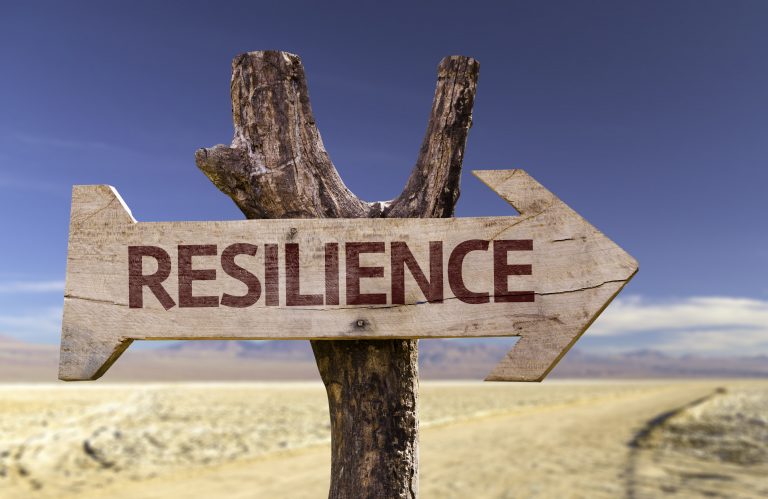When Democracy’s Tempers Turn Violent: Scenario Planning Your Way Through Political and Civil Unrest
Imagine This
You’re sitting in a downtown office, at mid-afternoon. A client calls with panicked urgency: two of your organization’s branch offices are in neighborhoods where massive protests just escalated into violence. Overnight, roads are blocked, employees can’t commute, supply deliveries are delayed, local authorities request evacuation. You have no clear playbook—so decisions are made in chaos, trust frays, costs spiral.
This isn’t a movie. It’s the US in 2025. Maybe it’s your nonprofit, your business, or your agency next.
Why Political Violence Preparedness Matters Now
Political violence isn’t theoretical anymore. It’s real, rising, and affecting organizations, governments, and people in unexpected ways.
- Experts warn of a “vicious spiral” of political violence after the killing of activist Charlie Kirk; Reuters reports approximately 150 politically motivated attacks in the first half of 2025, almost double from the same period last year. (Reuters)
- The Department of Homeland Security’s 2025 Homeland Threat Assessment finds that domestic violent extremists view “a wide range of targets indirectly and directly associated with elections” as viable targets for violence—election workers, candidates, even polling sites. (U.S. Department of Homeland Security)
This means business continuity, staff safety, reputation, legal liability—all are on the line. If you’re not planning, you’re reacting. Reactive almost always costs more—in money, in trust, and sometimes in life.
What Keeps You Up at Night? Audience Concerns Answered
As someone in leadership—business, nonprofit, or government—you’re likely asking:
- How real is the risk for my organization?
It depends on your sector, location, political exposure, public profile—but even if you’re “quiet,” spillover effects (protests, supply chain disruptions, other physical threats) can hit you. No one is immune. - What scenarios should I plan for?
You need a range: low intensity (rumblings, online threats), moderate (protests, local clashes, supply disruptions), high intensity (targeted violence, political assassinations, widespread civil unrest). - How to balance preparedness without causing alarm or over-spending?
Think scalable plans: resources that can be ramped up or down. Use risk assessments to drive priorities. Communication and training are cost-effective early investments. - Who in my organization should own this, and how do we coordinate with external stakeholders (government, law enforcement, community)?
Clear ownership (often in risk management, security, continuity planning) is essential. Also, pre-establish relationships with law enforcement, local government, community organizations—so you’re not scrambling when an event unfolds. - What legal, ethical, and reputation risks should I anticipate?
Monitoring and protecting employee rights, ensuring no overreaction. Privacy, free speech, civil rights. Avoiding discriminatory profiling. And if mishandled, the reputational fallout can be as damaging as the event itself.
Related: The Crucial Role of Crisis Communications During Incidents and Crises
Scenario Planning: A Structured Way Forward
Here are 4 key steps you should build into scenario planning for political violence, based on my 20+ years in this work.
1. Map the Threat Landscape
- Identify drivers: polarization, election cycles, extremist ideologies, social media amplification, economic hardship.
- Use data sources (DHS, ACLED, RAND, local law enforcement) to understand trends in your region. For example, reports show right-wing violent extremist risk remains substantial in many areas. (BioMed Central)
- List possible triggers: an election result, policy change, provocative speech, foreign influence, misinformation.
2. Develop Scenarios
Structure 3-5 plausible scenarios, from mild to severe. Each scenario should cover:
- What happens (events, actors, impact)
- What work/life/operations are affected
- What decisions need to be made and by when
Ignored scenario illustration:
A nonprofit with multiple regional offices sees a heated local election. Rumors spread online about nonprofit involvement. Some employees are harassed; a small protest occurs outside one branch. Because the organization has no plan, messaging is inconsistent, there’s no liaison to law enforcement, employees panic, some leave, and costs rise. Stakeholders lose confidence.
Best practice scenario illustration:
A business prepares in advance for election-related unrest. They’ve identified which branches are in higher-risk areas. They’ve run tabletop exercises. Their communications team has pre-vetted messages; security has evacuation routes ready. When protests begin, they deploy mobile alerts for staff, adjust supply chain routes, and liaise with local authorities. Damage is limited; operations adapt; staff feel supported.3.
Assign Responsibilities, Resources & Protocols
- Define who in your organization is responsible: decision makers, crisis communications, legal, operations, HR, security.
- Establish trigger-points: thresholds or signals that move you from “monitoring” into “action mode.” e.g. credible threat info, local violence reports, employee safety concerns.
- Create clear protocols: communication (internal & external), evacuation/lockdown, remote work, facility security.
4. Practice, Review, and Update
- Run drills, tabletop exercises. Include scenarios that test worst-case failures (e.g. communication blackout, key leaders unavailable).
- After any incident—even minor—do a “hot wash” or after-action review: what worked, what didn’t.
- Update the plan regularly political dynamics change, threats shift, technology changes (new social media platforms, new vulnerabilities).
Common Mistakes to Avoid
- Assuming “it won’t happen to us”: denial is still a big mistake.
- Planning in silos: security, HR, communications, operations need to talk.
- Lack of clear decision authority: when crises hit, uncertainty over who does what wastes time.
- Ignoring community context: local sentiment, social tensions, community relationships matter heavily. Poor local relationships can make response harder or even provoke backlash.
Real-World Case: Minnesota Tilt
In June 2025, two Minnesota state legislators were shot—one fatally—along with others wounded in a politically motivated home attack. The assailant had a list of dozens of political targets. (Wikipedia)
- Impact: Shock in political circles, local community fear, large scale manhunt involving law enforcement across multiple agencies, reputational shifts.
- What might have helped: If nearby officials or agencies had better threat assessment protocols, perhaps earlier detection of the assailant’s planning, or more robust coordination between law enforcement and state leadership once threats were known.
Checklist: Your First Moves
Here are 5 actionable steps you can take today to build resilience:
- Conduct a risk audit: map your locations, operations, stakeholders; note which are most exposed to political violence. Use software or open source tools to support this.
- Build a scenario matrix: pick 3-5 scenarios, define triggers, impacts, and responsible roles.
- Train your leadership and staff: run at least one tabletop or simulation in the next quarter.
- Establish relationships now: law enforcement, local government, community groups—so you’re not starting from zero during a crisis.
- Prepare your communication toolkit: pre-approved messaging templates, internal alert channels, media/social media policies.
Closing Thoughts & Your Call to Action
If there’s one truth from decades advising through crises, it’s that preparation doesn’t mean paranoia. It means being ready so you can act with clarity, purpose, and compassion when political tensions flare.
If you’d like, I can share a scenario planning template tailored to your sector (business, government, nonprofit) or we can set up a workshop through PreparedEx to walk your team through building this kind of resilience. Let’s make sure your organization isn’t scrambling—but leading—when the next storm hits.







Add your first comment to this post